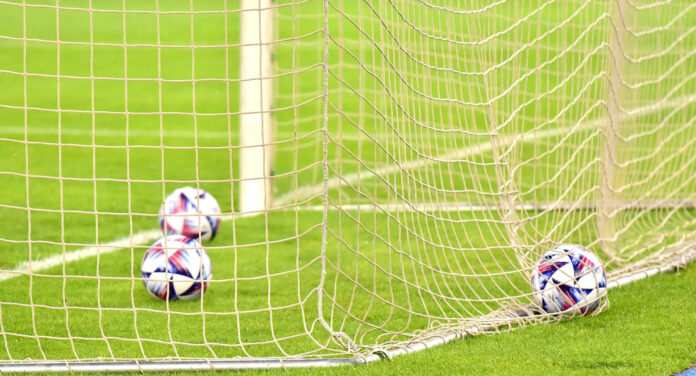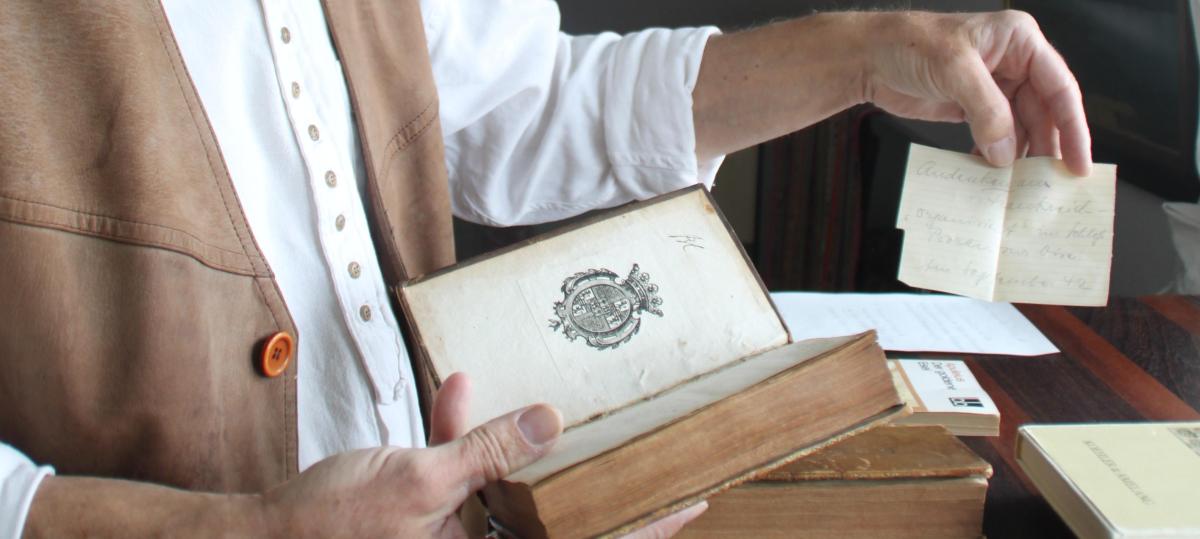Injuries to the urethra – Nova Makedonija

Author: Dr. Afrim Saliu, urologist at Ferid Murad, Gostivar
Urethral injuries usually occur along with multi -systemic trauma from traffic accidents, falls, or industrial accidents. Urethral injuries are divided into injuries to the rear and front urethra.
Injuries to the back urethra
Urethral injury occurs in about 10% of male and up to 6% of female patients who sustained a pelvic fracture. Girls younger than 17 have a greater risk of urethral injury than women, this may be due to greater compression of the pelvic bones in younger girls.
Because the rear urethra is fixed for both the urogenital diaphragm and for the pubic ligaments, the bulbomembranous urethra is more susceptible to injuries to pelvic bone fractures. Endoscopic and urodynamic trials confirm that the complex of the membranous urethral sphincter is prone to vertical avulsions intact of the bulbous him, and in such injuries his functionality is preserved. In children, injuries are more likely to be more profitable to the neck of the bladder due to the rudimentation of the prostate.
Diagnostics
Review
Urethral disruption (loss of continuity of the urethra) is represented by the triad blood of the meauatus, the inability to urinate and a palpable full bladder. Because these and other classic findings, such as the « highly set » prostate or perineal hematoma as a butterfly, can often be absent, urethral disruption is often first diagnosed when an urethral catheter cannot be set by the team of emergency medicine or when the catheter is incorrect. The pelvic hematoma often covers the prostate contour, resulting in a mistake in the diagnosis of a non -pulpable prostate. In women with urethral injury there is vulvar edema and blood of the introatus of the vagina, indicating the need for careful vaginal examination in all female patients with pelvic fracture.
Urethrography
When the blood of the urethral metatus is detected, a retrograde urethrogram should be performed immediately to exclude urethral injury. A small urethral catheter (16 CH) is placed without a lubricant in Fossa navikularis to 1 centimeter, and the balloon is filled with 1 centimeter of water to fill the lumen of the urethra. Alternatively, brodney clamp or bent treads can be used to make penis traction. The patient should be put in a lateral decubitus position, and it is better to perform fluorographic tests when it is available; 25 milliliters of contrasting material is injected gently over a 60 millilitary syringe, and shots are made during injection. Direct inspection with urethroscopy is proposed instead of urethrography in women who are suspected of injury to the urethra.
Initial treatment
Suprapubic cystostomy
Urgent placement of suprapubic cystomy remains to be a standard procedure. This is best achieved through a small incarnation inframmalist, which allows you to review and repair the bladder and properly install a wide (large) catheter in the bladder dome. Suprapubic cystomy through the trocar is reasonably set when the bladder is distended and there are no other indications for surgery.
More and more, patients with pelvic ring fracture undergo early orthopedic surgery in order to reduce bleeding, improve healing, and reduce hospital stay. The person should be placed at a high level in the bladder and tunneled through the skin as high as possible on the middle abdominal line in order to keep the cystomy as far as possible from the symphysis plate; This will also facilitate the identification of the top of the prostate when it is reconstructed.
Primary reconstruction
Attempt for primary reconstruction of the urethral catheter is reasonable in stable patients either immediately after the injury or within a few days of injury. We prefer a simple technique consisting of the input of Urinaren catheter antogrado through the cystostomy, so tying this catheter with another that will allow us to insert this latter into the bladder.
When the urethral catheter is removed after 4 to 6 weeks, it is imperative to retain the suprapubic catheter, as most patients, despite the settlement of the urethra, will develop stenosis of the back urethra. If the patient is wet satisfactory through the urethra, the cystosom can be removed after 7 to 14 days later. Placing a catheter through the injured urethra can rarely pass without stricture, but in most patients, stenosis is mild, 1 to 2 cm in length. Those patients who are treated only with suprapubic cystostomas are literally always (96%) complete stenosis that will later require back uretharlasty. Although the alignment of the urethra may not prevent symptomatic stenosis, it can facilitate the performance of open rear uretharoplasty by the prostate and urethra are placed closer.
Incomplete urethral breakups are best treated with urethral catheter stenting. Attention is needed because putting the catheter outside the bladder is very possible; Proper positioning is imperative. In no case should the catheter be pulled after the installation, it is unnecessary and can cause incontinence.
Complex injuries
In cases of urethra dystration due to pelvic fracture, most experts suggest urgent primary repair, or at least urethral alignment through a urinary catheter, to avoid subsequent urethrovaginal fistula or urethral obliteration. The accompanying vaginal lacerations must also be closed urgently to prevent vaginal stenosis. Delayed reconstruction is problematic because the female urethra is too short (about 4 cm) to be subjected to anastomotic repairs after its scarring. Conditional rectal injuries require open exploration, repair, irrigation, and naken. Urgent reconstruction with stitching of the rear urethral dystration is not recommended due to unsatisfactory results, such as impotence and incontinence, the formation of strictures and blood loss during the operation.
Endoscopic treatment
Endoscopic treatments, such as urethrotomy internal under the eye, are best applied to selected short urethral structures, such as distractional injuries for which early catheterization has achieved urethral continuity. In most cases, when preoperative assessment shows defects of 1 centimeter or more, endoscopic procedures, such as pelvic scar cutting to provide a channel between the two ends of the Avulosized urethra (the so-called « cuttings-to-light » procedures) are ineffective and have no advantage, except for short-term, What are the creation of a false passage that irreversibly bypasses the neck of the bladder.
Surgery reconstruction
Open rear urethroplasty through a perineal anastomotic approach is the treatment of choice for most urethral disruption injuries because it definitely treats the patient without the need for other procedures. Once the preoperative assessment determines that the top of the prostate can be reached with a perineal approach, the patient is placed in a high lithotic position and incision at the center line or lambda incision. Bulbar urethra is released and mobilized from the site of the urethral interruption of the middle of the scrotum. The fierce tissue of the urethral defect is excited and the prostatic urethra is identified at the top of the prostate. Careful and careful to excise the entire fibrous tissues of the proximal urethra (while at least 28 CH Boji may pass without resistance). Bulbar urethra is then anastomized without tension with the prostatic urethra.
In 95% of patients, the posterior urethral anastomosis will only be achieved through perineal access.
Complications
Some degree of impotence is observed in 30% to 60% of patients with pelvic fracture and urethral distraction injury. However, the complications of the pelvic injury itself are difficult to distinguish from complications due to attempts to repair urethra and bladder injuries. Several studies have shown that patients treated primarily with endoscopic technique have impotence rates and incontinence similar to those of patients who have not been treated at all or have been subjected to open reconstruction. Some patients who become impotent after the injury spontaneously gain erectile function after one or two years.
After posterior (posterior) urethroplasty, 12% to 15% of patients have recurrent anastomosis stenosis. Fortunately, endoscopic treatments (for example, internal urethrotomy under the eye) are often successful in this disease as aka eliminates most of the fibrous fibers.
Injuries to the front urethra
Unlike posterior urethral injuries, injuries to the front urethra are almost always isolated. They are often the result of stretching injuries, as this part of the urethra (bulbar urethra) is more susceptible to compression injuries due to its fixed position under the pubis.
As with back urethra injury, high suspicion must be found in all patients with blunt or penetrate trauma in the urogenital region, and it is recommended to perform urethrography in any case of suspicion of urethral injury. Clinical signs of an anterior urethral injury include blood in the meatus, perineal hematoma, mass hematuria, and urinary retention. In cases of severe trauma, the beech fascia can be impaired, resulting in bleeding and urinary extravasation in the scrotum. The primary morbidity of such an injury is urethral stricture, which can become symptomatic up to 10 years later.
Primary treatment
There is a simple, practical classification schematic division of devastating-urethral injuries based on radiographic findings in: contusion, incomplete dystration and complete dystration. Contusion and incomplete dysruption can only be treated with an urethral catheter. Primary suprapubic cystostomy is the treatment of choice for major injuries to the anterior urethra.
Primary surgical intervention is recommended for injuries caused by low-speed gunfire. The catheter settlement itself is associated with a much worse rate of strictures. The spongy body’s debridement after the trauma should be limited. Primary suprapubic urinary diversion is recommended after a high-speed gunshot wound to the urethra, followed by delayed reconstruction.
Delayed reconstruction
Prior to any planned procedure, a retrograde urethrogrogram and mixing cystoretrography should be performed in order to determine the exact location and length of the oblique urethra. Echo sonographic can determine the length and weight of the urethral stricture. Retrograde injection of a physiological solution in combination with the normal antegro-fulfillment of the urine bladder will fill the urethra proximal and distal and with a 10-MHz sonogram, it will easily draw the undeniable segment that needs to be excreted. Dense fibrous tissue from injury often results in shading.
Anastomotic urethrotroplasty is a procedure of choice at a fully coated bulbar urethra after stretching injury. Typically the scar is 1.5 to 2 cm long and should be fully excreted. Delimic urethral stenosis can be treated with an endoscopic incision with greater success. It has already been proven that multiple urethrotomies and dilatations with bushes are neither clinically nor economically viable in the treatment of urethral strictures. Furthermore, patients who have been subjected to multiple endoscopic interventions have a greater chance that they will need complex reconstructive intervention such as graft. Open reconstructive interventions should be delayed at least a few weeks after instrumentation until the urethra stabilizes.








